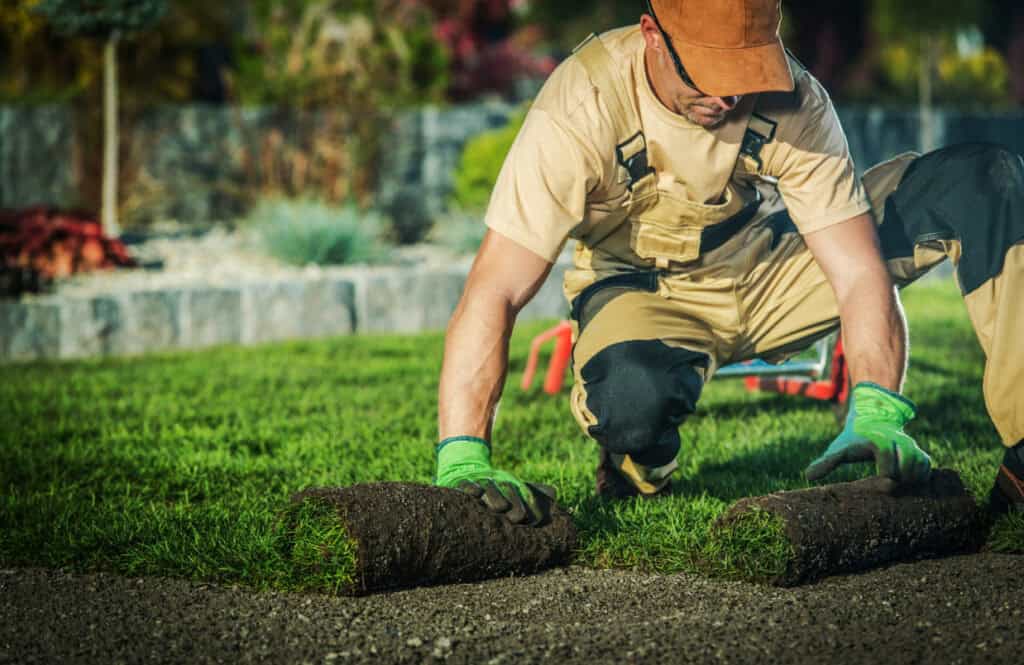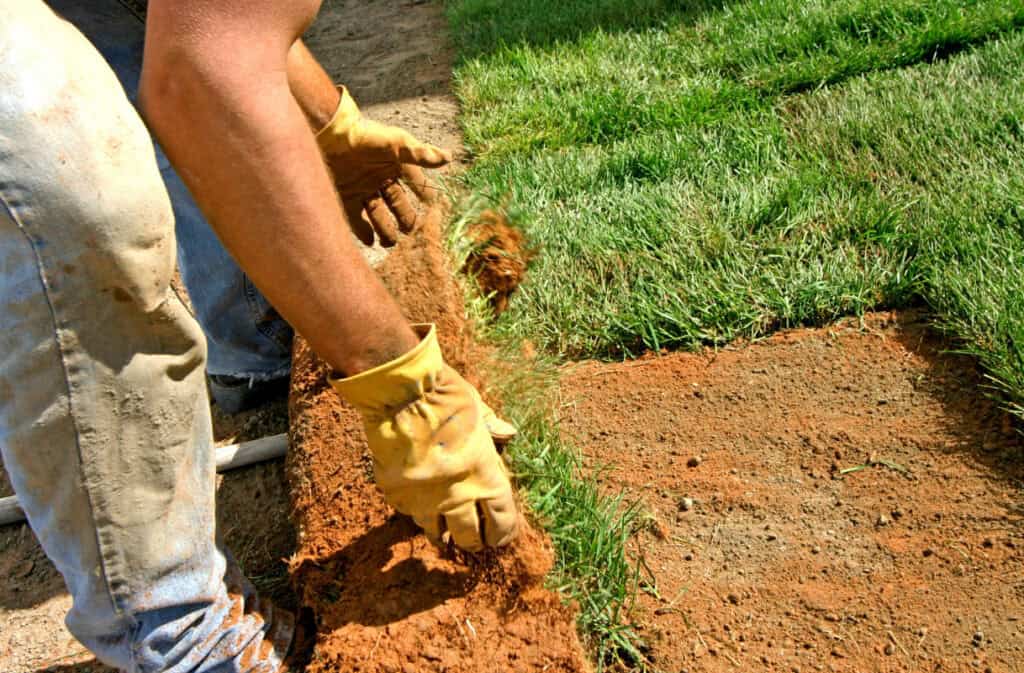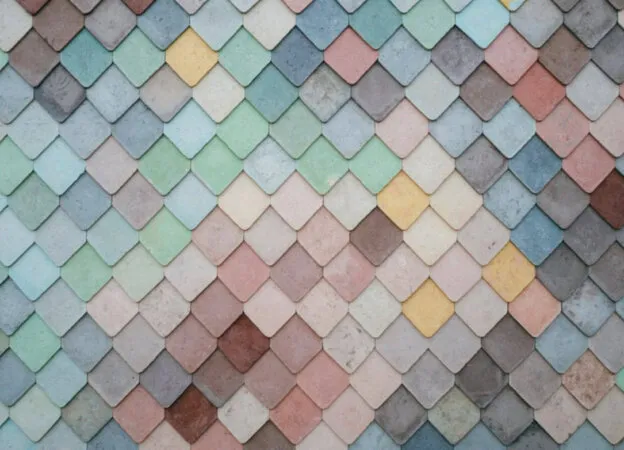Even with limited square footage, a thoughtfully designed outdoor space can become a functional and inviting extension of your home. By embracing smart landscaping techniques, you can transform a tiny balcony or a compact patio into a personal oasis that caters to your needs.
Table of Contents
The key to smart landscaping lies in maximizing every inch of space available. Here’s a breakdown of key strategies to consider:

Plan and Prioritize
Start by evaluating your space. Measure the area and note existing features such as trees, fences, or patios. Consider what you want to achieve with your landscaping project.
Do you need a space for entertaining, a quiet retreat, or a play area for children? Prioritize your needs to guide your design choices. A detailed plan will help you decide what to include and where to place different elements.
If you do landscaping commercially, having a landscaping invoice template is a critical aspect of planning. Manual creation of invoices can lead to errors, such as incorrect calculations, missing information, or inconsistent formatting.
An invoice template helps mitigate these risks by providing a structured format where all necessary details are clearly outlined.

Vertical Gardening
When horizontal space is limited, think vertically. Vertical gardening is a great way to add greenery without wasting valuable ground space. Use wall-mounted planters, hanging baskets, or trellises to grow plants upward.
This approach saves space, adds visual interest, and creates a sense of lushness. Climbing plants such as ivy, jasmine, and climbing roses are excellent choices for vertical gardens.
Multi-Functional Furniture
Every piece of furniture should serve multiple purposes in small outdoor spaces. Look for furniture that can double as storage, such as benches with built-in compartments or tables with shelves underneath.
Folding or stackable furniture is another smart choice, as it can be easily moved or stored away when not in use. Opt for appropriately sized pieces for the space to avoid overcrowding and maintain a comfortable, open feel.
Layered Planting
Creating depth in a small space can make it feel larger. Layered planting involves using plants of different heights to add dimension. Place taller plants or shrubs at the back of a garden bed and shorter plants in front.
This technique draws the eye upward and creates the illusion of a more expansive area. Use a mix of textures and colors to add visual interest and prevent the space from feeling monotonous.
Use Light and Color
Light and color play crucial roles in maximizing small outdoor spaces. Light-colored surfaces reflect light, making an area feel larger and more open. Choose light-colored furniture, planters, and decorative elements to brighten the space.
Additionally, incorporate lighting strategically to highlight key features and extend the area’s usability into the evening. String lights, lanterns, and solar-powered garden lights are great options for adding ambiance without overwhelming the space.
Create Zones
Dividing a small outdoor space into distinct zones can make it feel more organized and functional. Use different materials or landscaping elements to delineate dining, lounging, and gardening areas.
For example, use pavers or decking to create a patio area, and gravel or mulch for a garden bed. Even in a compact space, having separate zones can make it feel like you have multiple areas to enjoy.
Incorporate Water Features
A small water feature can add a sense of tranquility and luxury to your outdoor space. Options such as a compact fountain, a wall-mounted waterfall, or a small pond can fit well in limited areas.
The sound of running water creates a calming atmosphere and can help mask noise from nearby streets or neighbors. Ensure the water feature is proportionate to the space to maintain balance.

Use Mirrors
Mirrors are a clever way to create the illusion of more space. Strategically placing mirrors on walls or fences can reflect light and greenery, making the area appear larger than it is. Choose weather-resistant mirrors designed for outdoor use, and position them to reflect attractive elements of your garden.
Opt for Low-Maintenance Plants
Low-maintenance plants can save time and effort while still providing beauty in a small space. Choose plants that thrive in your climate and require minimal care. Succulents, ornamental grasses, and perennial herbs are good options that offer texture and interest without demanding constant attention.
Smart Landscaping and Personal Touches
Finally, add personal touches to make the space truly yours. Incorporate decorative items that reflect your style, such as colorful cushions, garden art, or unique planters. Personalizing the space makes it more enjoyable and inviting.
By applying these smart landscaping techniques, you can transform a small outdoor area into a functional, beautiful space that meets your needs and enhances your lifestyle. With careful planning and creative solutions, even the smallest outdoor spaces can become a cherished part of your home.



